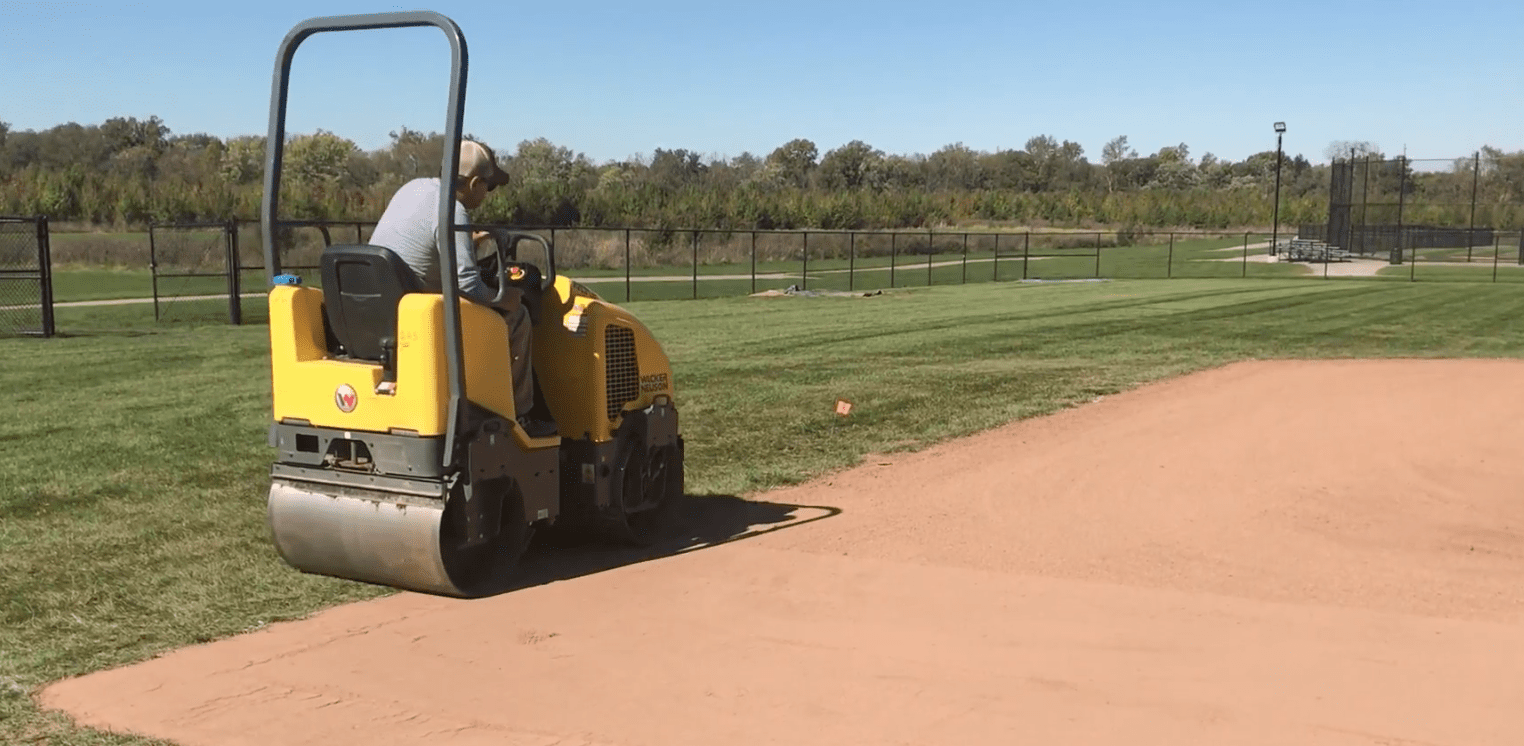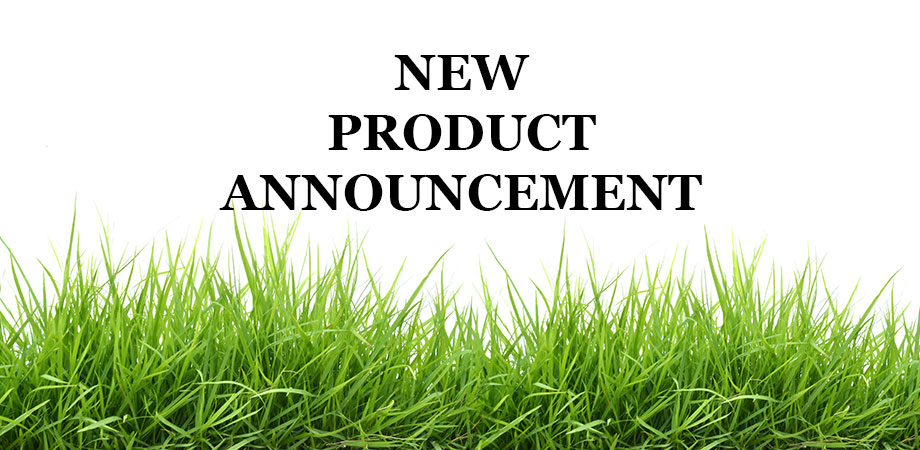Providing a safe and playable field is the number one responsibility of athletic field managers. Mechanical rolling, both on the outfield and infield areas, is one of the tools athletic field managers can use to achieve this. Here are some true and false scenarios to help make understanding mechanical rolling an easy check-off this season.
Mechanical rolling should not be done on the outfield because of compaction.
False: A common misconception in regards to rolling the turf areas of sports fields is it promotes compaction. Soils that are wet are more prone to compaction from rolling, while areas that have 100% turf cover and a good mat layer are seldom compacted by moderate rolling. Any minimally added compaction must be offset by regular aerification.
Using proper rolling equipment is not imperative to provide the best results when rolling the turf areas of sports fields.
False: Proper rolling equipment is imperative to provide the best results. A rounded-edged, 1000-5000 lb turf roller should be used. This type of roller applies pressure to the turf like a heavy mower (3 – 7 lbs/sq in).
Rolling should not be done on the turf areas of sports fields when conditions are too dry or wet.
True: Rolling is the most successful when the soil moisture is in the “normal” range. Rolling should not be done when it’s too wet and water is being pushed out from under the roller. In addition, when conditions are too dry you are only flatting out the grass and could actually damage stressed turf.
Generally, the first rolling of the turf areas of sports fields comes at the start of the season.
True: Rolling helps smooth the turf due to uneven spring growth from different grass species and frost heaving.
High and low areas of sports field turf, which produce water pockets, or “bird baths,” are improved with rolling.
False: Grading is required for “bird baths.” Topdressing, core aeration, and dragging can aid in filling them, particularly the smaller depressions, while smoothing the field.
When amending or in new construction scenarios, rolling the skinned areas of baseball and softball fields are important.
True: Further settling is minimized and infield mix performance is improved with rolling after installation or amendment. It is recommended to use a 1-3 ton twin drum to ensure a smooth surface that is free from any visible surface irregularities, which can hinder positive surface drainage and harm playability.
Using a roller to create compaction on skinned areas of sports fields is not desirable.
False: Unlike with turf, with skinned areas, compaction is desirable and moisture is important. In addition, when the sought after level of compaction cannot be obtained with a roller, irrigation or natural rainwater will provide additional settling and increase compaction.
Minor divots or chunking following heavy play on skinned infields can be improved with rolling.
True: Minor divots or chunking following heavy play can improve skinned infields with rolling.
Special attention should not be paid to the transition areas between skinned and turf when rolling.
False: A bad edge diminishes player safety and playability. When rolling a skinned infield, the roller must partially extend over the turf to create a smoother transition and reduce creating a lip or hard edge.












